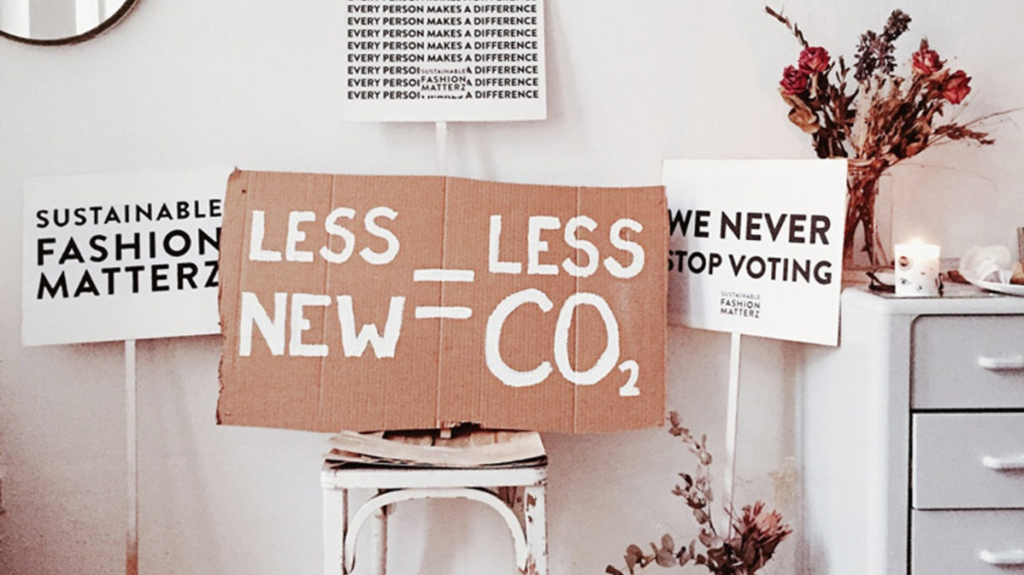Summary of Key Insights
The discourse on environmental taxes has unearthed three pivotal insights:
1. The Acceleration of Clean Innovation through Carbon Pricing: Carbon pricing acts as a catalyst for the rapid development of clean technologies. Drawing from the Solow model, this can be seen as an infusion of capital in the macroeconomic landscape, hastening the adoption and effectiveness of these technologies. This suggests a quicker transition to cleaner alternatives due to the allure of greater returns.
2. The Role of Clean Spillovers in Driving Innovation: The concept of sustainable growth gains substance when firms align their goals towards environmental sustainability. This phenomenon echoes the Romer model, where positive externalities sustain a balance of returns, fostering a collective move towards cleaner practices.
3. Diverse Adoption of Carbon Taxes: The implementation of carbon taxes varies significantly across regions, influenced by local economic policies. This variability leads to different trajectories in innovation – ranging from dirty to clean. The directed technical change model sheds light on how these disparities, rooted in technological differences between capital-intensive and labor-intensive countries, shape each country’s industrial evolution.
Lessons Learned
The discussion highlighted three major influences: fuel prices, innovation spillovers, and historical innovation trends. Particularly noteworthy is the historical innovation trend, which primarily originates from within firms. This aligns with the concept of the “Lock-in” effect, where firms aim to maximize returns from existing technologies. Without policy shifts, this inertia could perpetuate environmentally harmful innovations.
However, the urgency of climate change necessitates a departure from traditional innovation paths. The presentation highlighted that without collaborative and incentivized efforts, clean technology may not surpass its polluting counterparts even beyond 2030. This is a multifaceted issue, compounded by the winners and losers created by climate change and the stark technological divide among countries.
The solution is a collective responsibility. Given the complex and varied motivations of firms, robust government policies are essential to drive the private sector towards clean innovation. Tools like emission trading and carbon taxes must be strategically employed to guide market-wide growth. When consumers, producers, and intermediaries align, positive industrial transformation is achievable.
Relevant Observations for Household Impact
The discussion could be further enriched by examining environmental taxes from a household perspective. This includes understanding the impact on consumption patterns, demand elasticity for specific technologies, and labor market dynamics. Essentially, how we, as consumers, can collectively influence and even steer economic growth.
My stance is that we should actively participate in the green movement, advocating for sustainable innovations from firms. Concurrently, we should focus on understanding and addressing the skills gap in the labor market for clean technology industries. These considerations encourage readers, especially students, to reflect on their future career paths and potential contributions to a sustainable economy.

